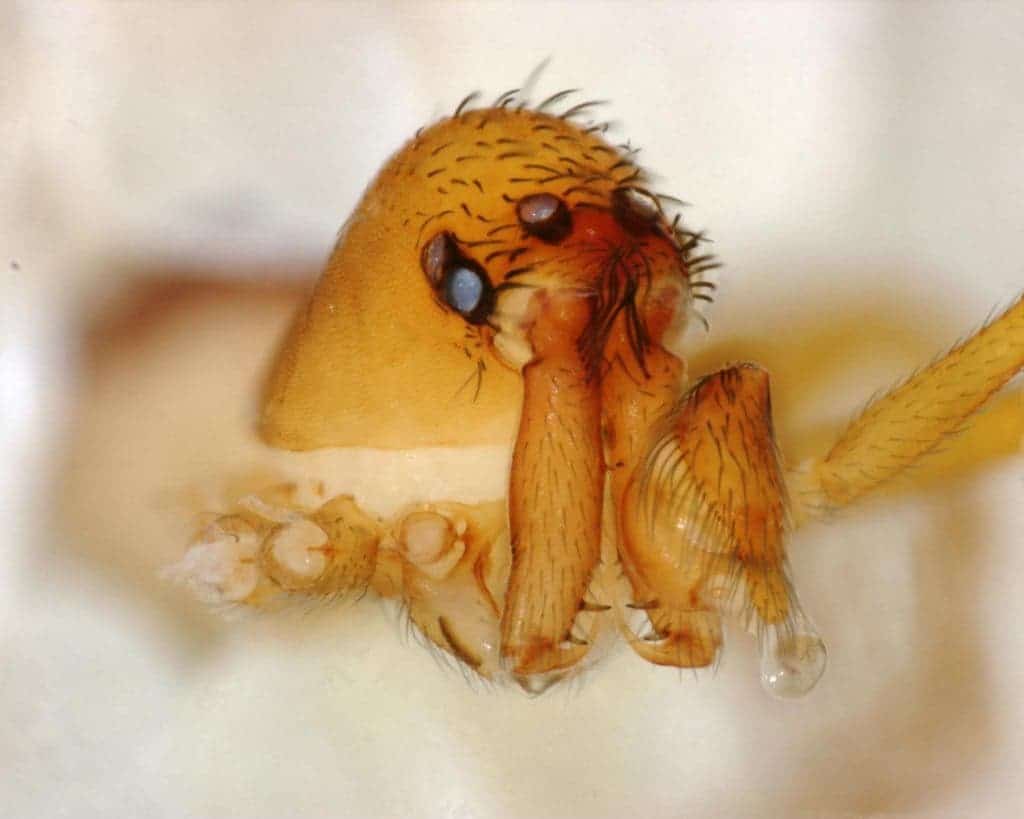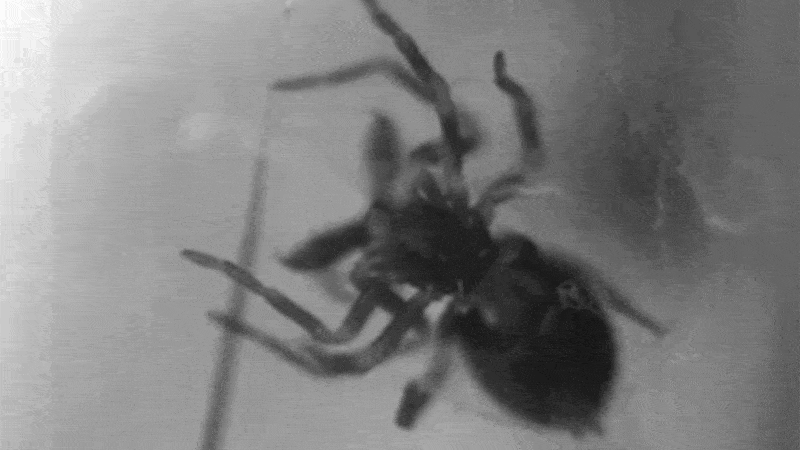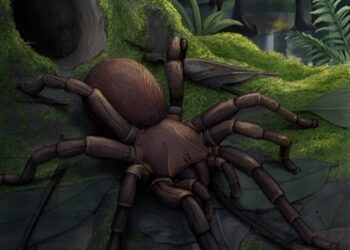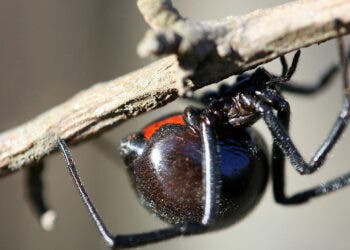It’s easy to miss Mecysmaucheniidae spiders. They’re so small that you can barely see them with the naked eye. They also prefer to stay on the ground most of the time in their native South American and New Zealand forests. Though minute, these are far from insignificant as their pray have learned the hard way. In fact, it’s their small body that allowed them to become the fastest snapping spiders in the world!

Mecysmaucheniidae are nicknamed trap-jaw spiders because they’re very much akin to trap-jaw ants, using their jaws, called chelicerae, like a bear trap. They forage around with their mouths open at all times stalking prey. When the time is right, they move fast and close the trap in under a millisecond!
Hannah Wood, curator of spiders at the Smithsonian’s National Museum of Natural History, has been fascinated by trap-jaw spiders for well over a decade keeping some specimens in captivity even at her home. Wood was perplexed by the seemingly unique anatomy of the arachnids’ “head”, particularly the elongated chelicerae and the neck-like carapace.
It was only recently that the trap-jaw spider’s powerful hunter abilities were fully unveiled. Using 40,000 frames per second cameras (a normal camera uses 24 fps), Wood filmed 14 species of Mecysmaucheniid spiders. When prey came near, they shut their jaws with stunning speed and force. This ability differed from species to species, the fastest snapping its jaw in only 12 thousandths of a second or 100 times faster than the slowest, which wasn’t no slowpoke either.

Next, Wood genetically sequenced 26 species of the spiders and also made 3-D models using a particle accelerator. She found that the fast-snap trait occurs in about one-third of the species, but intriguingly this ability evolved in four separate instances.
“This research shows how little we know about spiders and how much there is still to discover,” said Wood. “The high-speed predatory attacks of these spiders were previously unknown. Many of the species I have been working with are also unknown to the scientific community. Scientists who are curious about natural history discover new things because they focus on understudied organisms rather than well-known model organisms. These new findings then begin filling in a puzzle, revealing epic stories about evolution across the tree of life.”
Four of the trap-jaw spiders used more force than their muscles are capable of generating. Other structures must be involved in storing the necessary energy for this massive bite. The mechanism is, for now, a secret. As for practical applications, we might learn a thing or two from the fastest spiders in the world. “Many of our greatest innovations take their inspiration from nature,” Wood said. “Studying these spiders may give us clues that allow us to design tools or robots that move in novel ways.”
Current Biology, Wood et al.: “Repeated Evolution of Power-Amplified Predatory Strikes in Trap-Jaw Spiders” dx.doi.org/10.1016/j.cub.2016.02.029






